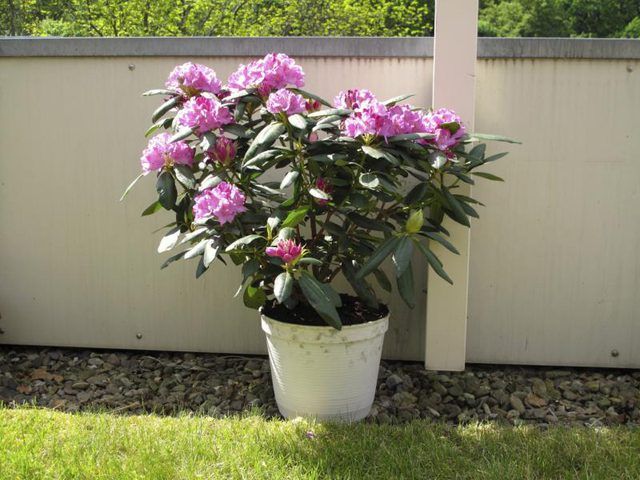Bulbs
Flower Basics
Flower Beds & Specialty Gardens
Flower Garden
Garden Furniture
Garden Gnomes
Garden Seeds
Garden Sheds
Garden Statues
Garden Tools & Supplies
Gardening Basics
Green & Organic
Groundcovers & Vines
Growing Annuals
Growing Basil
Growing Beans
Growing Berries
Growing Blueberries
Growing Cactus
Growing Corn
Growing Cotton
Growing Edibles
Growing Flowers
Growing Garlic
Growing Grapes
Growing Grass
Growing Herbs
Growing Jasmine
Growing Mint
Growing Mushrooms
Orchids
Growing Peanuts
Growing Perennials
Growing Plants
Growing Rosemary
Growing Roses
Growing Strawberries
Growing Sunflowers
Growing Thyme
Growing Tomatoes
Growing Tulips
Growing Vegetables
Herb Basics
Herb Garden
Indoor Growing
Landscaping Basics
Landscaping Patios
Landscaping Plants
Landscaping Shrubs
Landscaping Trees
Landscaping Walks & Pathways
Lawn Basics
Lawn Maintenance
Lawn Mowers
Lawn Ornaments
Lawn Planting
Lawn Tools
Outdoor Growing
Overall Landscape Planning
Pests, Weeds & Problems
Plant Basics
Rock Garden
Rose Garden
Shrubs
Soil
Specialty Gardens
Trees
Vegetable Garden
Yard Maintenance
How to Transplant Rhododendrons
How to Transplant Rhododendrons. What seemed like the perfect planting site for your rhododendrons (Rhododendron spp.) may fall short of expectations over time. Hardy from U.S. Department of Agriculture plant hardiness zone 4 through 9, depending on their variety, rhododendrons may outgrow their spot or need a change of location for other reasons....

What seemed like the perfect planting site for your rhododendrons (Rhododendron spp.) may fall short of expectations over time. Hardy from U.S. Department of Agriculture plant hardiness zone 4 through 9, depending on their variety, rhododendrons may outgrow their spot or need a change of location for other reasons. Even large, mature rhododendrons transplant easily in most cases. With proper timing and preparation, rhododendrons should settle well into their new homes.
Timing it Right
Good planning allows newly transplanted rhododendrons time to adjust before the year's most stressful seasons arrive. In warm climates, soaring summer temperatures test rhododendrons. Late-summer or fall transplanting gives newly transplanted roots all winter and spring to acclimate and grow. In cool climates, cold winters bring added stress. Early spring transplanting lets rhododendrons adjust during milder summer and fall temperatures. In moderate climates, rhododendrons can be moved any time of year except during hot spells and right after flowering. Soft new growth forms right under spent rhododendron flowers. Delay transplanting until after the period of soft growth.
Taking it All
Before you dive into transplanting, investigate your shrubs' roots. Rhododendrons have fibrous, compact root systems that simplify transplanting. The roots run wide and shallow. Estimate the size of a shrub's root ball, and then prepare the new planting area before you dig up the shrub. Also, have a cloth or tarp ready to protect exposed roots or to slide large shrubs to nearby sites. If a shrub must be transported by vehicle to another location, then the cloth or tarp can protect the entire plant -- from roots to leaves. Gently and carefully dig up as much of a shrub's root ball as possible, retaining the maximum amount of roots. Then get the shrub into its new spot right away.
Preparing Your Site
Keep rhododendrons' needs in mind when you prepare their site. Immature plants need growing room. Provide your shrubs with protection from afternoon sunlight and drying winter winds, especially if you have early-flowering varieties. Sheltered locations help ensure frost won't steal early blossoms. Rhododendrons flourish in light, well-drained soil with consistent moisture. Decayed leaves, pine needles or fine pine mulch increase soil's aeration and organic matter. Soil pH near 5.5 is ideal for rhododendrons. Check your soil with a soil test, and acidify the soil if necessary, following the soil test results' recommendations closely. One-half pound of elemental sulfur lowers the pH level 1/2 point per 100 square feet in sandy soil, but clay soil may need 2 1/2 pounds of elemental sulfur to lower its pH level 1/2 point. Never use aluminum sulfate to lower rhododendrons' soil pH; aluminum harms the shrubs. Wear gloves, safety goggles, a long-sleeved shirt, long pants, socks, closed-toe shoes and a mask to cover your nose and mouth when working with any kind of chemical.
Making the Move
Each shrub's new planting hole should be about 2 inches shallower than the depth of the shrub's root ball and only slightly wider than the plant's roots. Space the shrubs so that at least 2 feet will be between the plants when they reach their mature sizes. That distance allows air circulation and room for maintenance. Leave each planting hole's bottom firm and intact for plant support. Planting too deeply is a leading cause of early rhododendron death. Place each shrub so its root ball sits slightly higher than the surrounding soil. Water the root ball to wet it completely, all the way through. Then the rest of the hole can be filled with soil and the site watered again. Apply a 3-inch-thick layer of coarse bark mulch over the area; keep the mulch 3 inches from each shrub's trunk. Mulch conserves soil moisture, protects shallow roots and keeps soil temperatures steady.
Following Through
Newly transplanted rhododendrons need extra tender loving care during their first year. Never leave their soil soggy, but don't allow the shallow roots to dry out. Rhododendrons' fine root systems need time to establish. Keep the root balls moist; they won't draw moisture from surrounding soil until new roots grow. An inward-sloping basin around each plant helps direct water to the root balls. Check the soil moisture manually, and water the soil as needed to keep the root balls damp. Rhododendrons' shallow roots are very sensitive to fertilizers; that is especially true for new transplants. Don't fertilize rhododendrons unless soil tests show a need.